Technological forces are playing a role in the battle against the epidemic in Shanghai. Under the demand for epidemic prevention and control, unmanned delivery has once again entered the public’s vision.
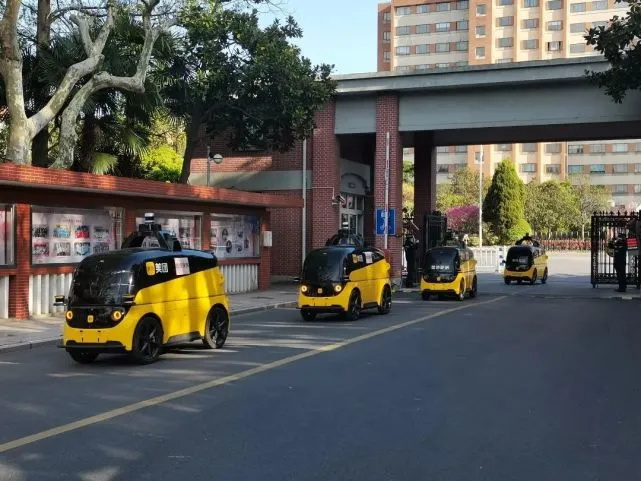
Under the strong demand, problems such as personnel shortage and difficulty in material distribution are becoming increasingly apparent in the “battle against the epidemic” in Shanghai. Taking the Meituan Maicai Kangqiao Road station as an example, due to the daily high volume of orders, the staff have to work for more than ten hours every day. Even though the riders and pickers are already busy, there is still a backlog of orders waiting for delivery.
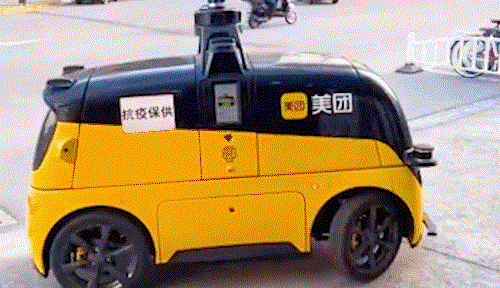
Under the bottleneck of manpower, the emergence of unmanned delivery vehicles has brought vitality. Recently, a Shanghai resident discovered that a batch of yellow unmanned vehicles had been added overnight at the Meituan grocery shopping station near the community, and rows of yellow cars added a warm touch to the street. These small yellow cars, which appear to be slightly smaller in size than family sedans, are the new generation of automatic delivery vehicles transported by Meituan from Beijing. The vehicles have a one-time load capacity of over 150 kilograms, and through contactless delivery, they can effectively alleviate the “last mile” delivery problem in the current Shanghai community epidemic prevention, allowing Shanghai citizens to receive epidemic prevention materials more safely.
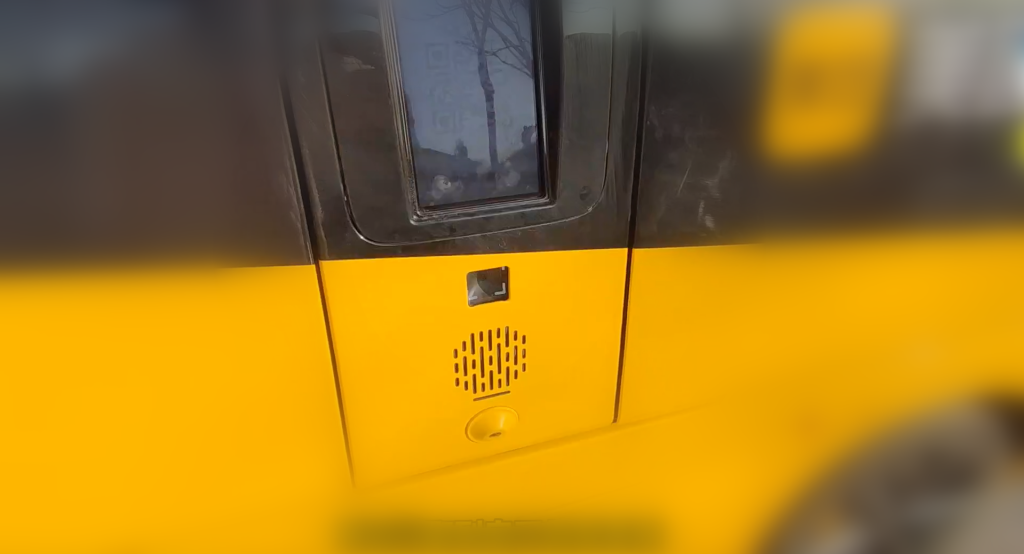
The Meituan unmanned automatic delivery vehicle has high-level autonomous driving capabilities, which can meet the distribution needs of epidemic prevention materials from single to multiple points. The vehicle is equipped with LiDAR, high-definition cameras, and sensors to ensure the safety of autonomous driving capabilities. It is also equipped with the Micro Light Interconnect Q-series waterproof barcode scanner equipment to ensure contactless delivery tasks and minimize the risk of personnel exposure.
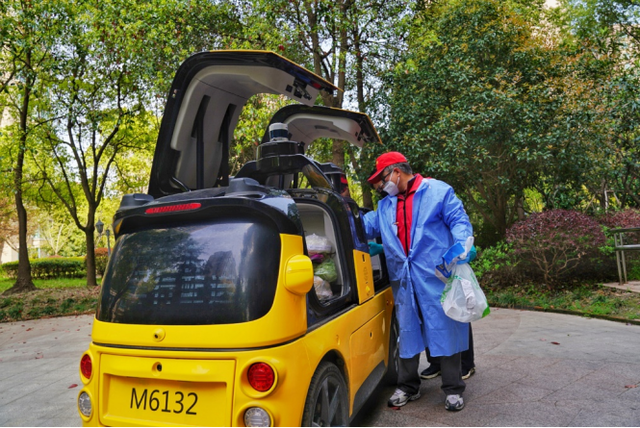
In the Shanghai epidemic prevention application, station staff will first put the ordered items into the carriage. After the car door is closed, the vehicle will autonomously drive to the downstairs of the user unit in the community. Volunteers stationed downstairs only need to scan the QR code to retrieve the delivery materials from the vehicle. The contactless delivery throughout the entire process effectively ensures the safety of volunteers and supplies, and after each delivery, the staff will promptly disinfect the inside and outside of the vehicle to reduce hidden dangers.
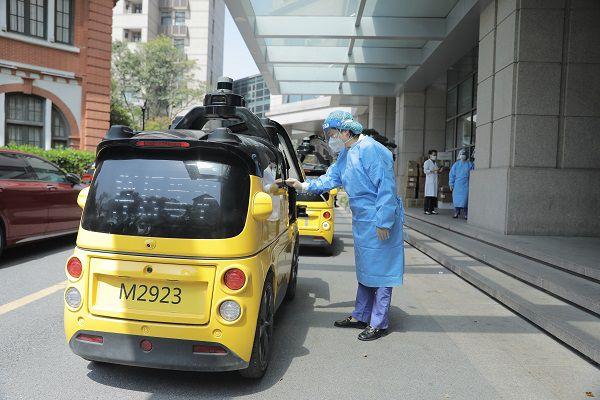
The lukewarm unmanned delivery industry since 2016, catalyzed by the pandemic in the past two years, has also shown capital and the public the possibility of large-scale commercial use. In the context of the normalization of the epidemic, how to ensure safe, efficient, and contactless unmanned delivery is the primary issue for the future development of this industry. The low light interconnection QR code IoT solution is undoubtedly the optimal solution to this problem. Contactless delivery ensures the daily needs of citizens and helps to build a smart city’s “unmanned vehicle+” life service system. Under the national epidemic examination, the Micro Light Interconnected QR Code Scanner has become a “black technology” that helps unmanned delivery vehicles fight against the epidemic in multiple regions, meeting the needs of point-to-point express delivery and other daily necessities distribution in sealed areas, and “shining” a high-quality development background.
In the future, Kudou will continue to fully expand the comprehensive application of intelligent unmanned vehicles in fields such as fire rescue, epidemic prevention and control, passenger transportation, logistics, etc., adhere to the power of QR code recognition in scientific epidemic prevention, and work together with all medical staff and residents to overcome difficulties.
